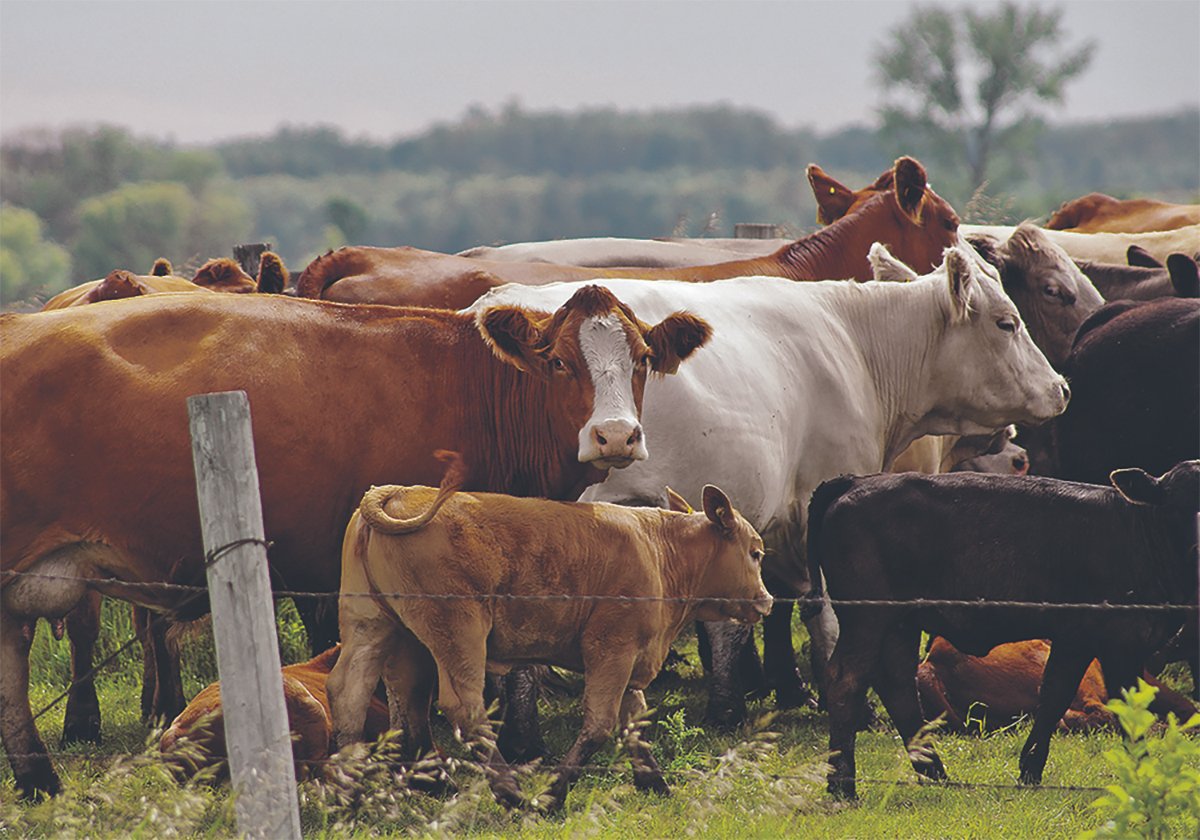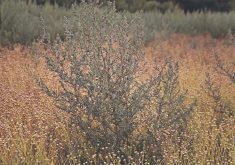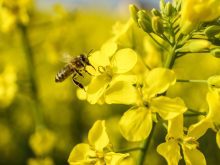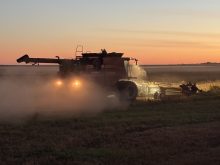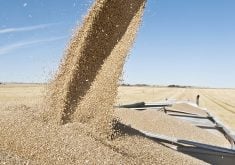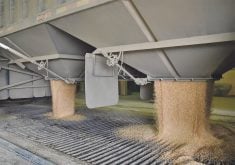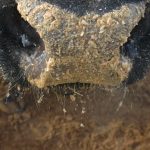Farm accountants are reporting a steady stream of cow-calf producers rushing to get their operations incorporated ahead of selling their calves this fall.
With the price of calves at an all-time high, many will face a huge tax bill unless they change their farm structure.
The escalation in cattle prices has been amazing. In the fall of 2020, 550 pound steers and heifers averaged around $2.20 a lb. To gross $500,000, you had to sell more than 400 animals.
Read Also
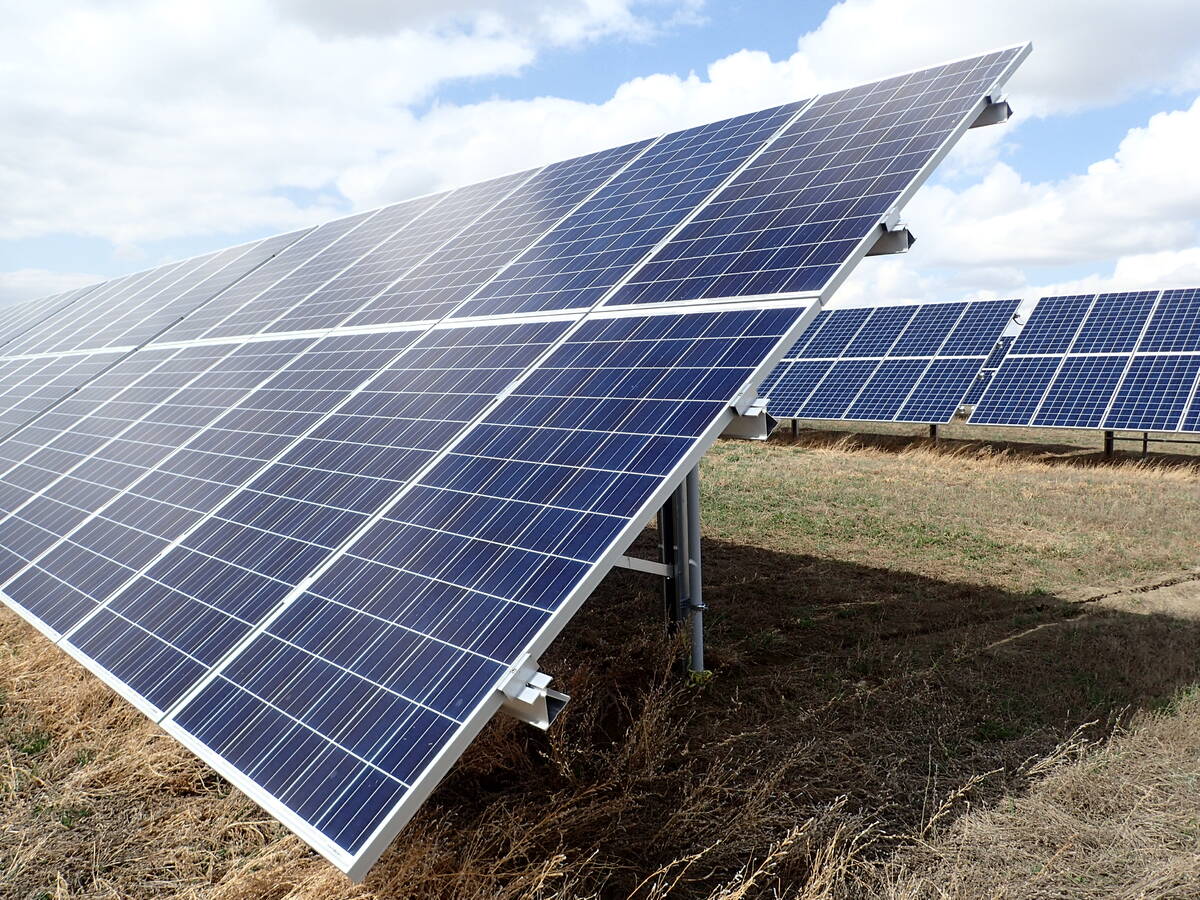
The future is brighter with energy from the sun
The International Energy Agency recently forecast that renewable energy will become the top source of electricity generation in the world next year.
Although the fall calf run is just beginning in many areas, it seems reasonable to assume that 550 weight steers and heifers could average at least $6 a lb., meaning the $500,000 gross revenue threshold can be reached with just 150 head. Selling the aforementioned 400 animals would mean a gross of more than $1.3 million.
Rob Schottner, a tax expert with MNP in Medicine Hat, told a recent BMO/MNP producer meeting in Maple Creek, Sask., that tax planning tools that may previously have been employed aren’t effective for many producers this year.
The Optional Inventory Adjustment has been largely used up in many cases. As well, producers can no longer buy a piece of equipment and accelerate the Capital Cost Allowance to reduce taxable income. Buying more breeding stock could be a way to reduce taxable income, but that isn’t a good solution for everybody.
As a result, more cow-calf producers are looking to incorporate, even if they have to do it quickly.
The increase in the capital gains tax inclusion rate announced by the previous Liberal government is still on the books, but Schottner says it has been cancelled. However, the increase in the Lifetime Capital Gains Exemption remains. It’s now $1.25 million per individual, or $2.5 million for a couple.
Schottner says farm partnerships are putting their livestock inventory and equipment into newly formed companies and using their Lifetime Capital Gains Exemption to shield themselves from much or all of the capital gain.
The calves are sold through the company, and on the first $500,000 worth of income, the corporate tax rate in Saskatchewan is only 10 per cent, a far cry from the huge tax bill that would be accrued if they sold the calves and took the money as personal income.
Since it’s a newly formed company, the shareholders can pick their year end. In this way, they can actually push the tax bill forward for as much as a year.
The inventory and equipment provided to the corporation is covered by a shareholder’s loan, meaning the shareholders can take that value out of the company whenever they choose without any income tax being payable.
Tax rules are complicated, and there are minor impediments such as the Alternative Minimum Tax and, depending on your age, the loss of some Old Age Pension. You also pay more for accounting fees with a corporation.
However, in many cases, the overall numbers show a huge monetary advantage. A corporation also has advantages for transition planning.
Everyone’s situation is different, and professional accounting help is needed to make the best decisions. Your accountant also needs a close working relationship with a law firm to file all the necessary papers, particularly if you’re under the gun for getting the corporation registered before selling your calves.
Rushing into such a major change is no doubt disconcerting for some, but who would have dreamed that calf prices would hit such astronomical levels?
Kevin Hursh is an agricultural journalist, consultant and farmer. He can be reached by e-mail at kevin@hursh.ca.




